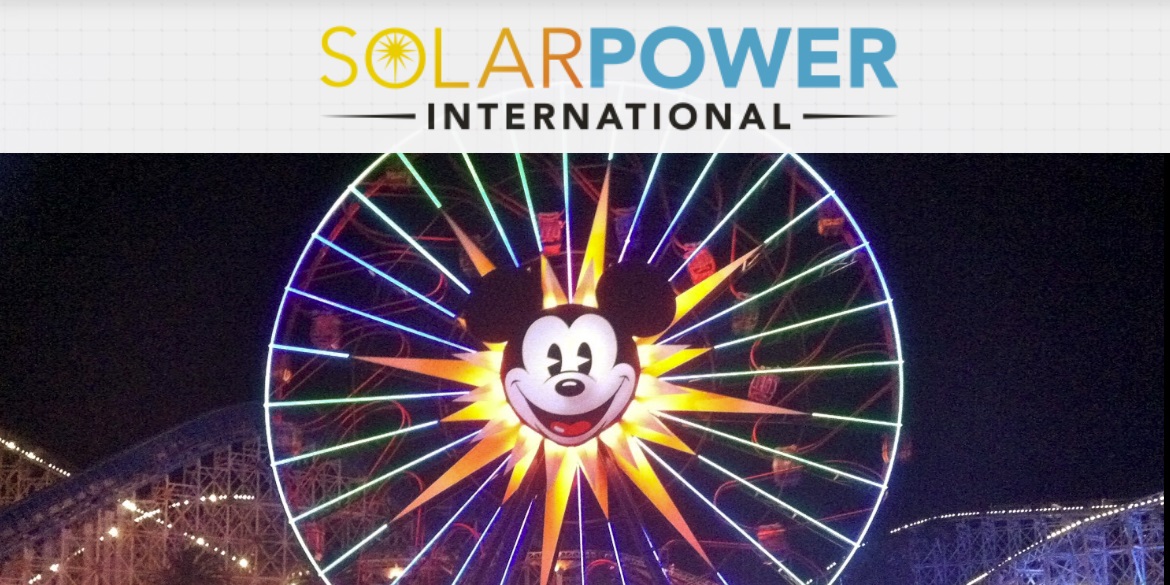Disneyland provided the backdrop for the Solar Power International (SPI) conference in Anaheim this year. As the biggest solar-focused conference in the U.S., exhibiting at SPI provides a great opportunity to find out firsthand what is on the mind of the industry—that is, when we’re not having fun with our friends at Disney California Adventure.
This year, the focus was on performance, smart integration and (maybe not) storage.
System fleet and portfolio performance an increasingly hot topic
The number of solar systems deployed across the country has grown dramatically over the last several years, from tens-of-thousands to hundreds-of-thousands. With this growth, it’s become apparent that more needs to be done to understand, monitor and efficiently manage system performance across widely distributed fleets and geographic areas.
As actual production data has accumulated over time, questions are beginning to emerge as to what it all means. Are these production results good? Bad? As expected? It’s becoming clearer to both solar companies and financiers that there is a need for weather-normalized benchmark data to compare against performance.
Benchmarking makes it possible for system owners to analyze PV system performance over time. This information can be used to identify and address common barriers to expected system performance such as shading, soiling and improper installation before they become a portfolio-wide problem. Fortunately, our SolarAnywhere® SystemCheck® software helps the industry accomplish just that, since not every homeowner has on demand access to a Wash-Bot.

Tom rides the Wash-Bot
Smart inverters, smart grids, and rule 21
There was a lot of buzz at SPI around California Rule 21 as grid operators look to enlist grid-connected inverters as partners in stabilizing the “smart grid.” As solar contributes more to overall energy production (especially in California), grid operators need to be able to entrust or instruct grid-connected devices to behave in accordance to the needs of the grid as a whole.
While accomplishing this requires some changes on the part of inverter manufacturers and the industry in general, this was largely seen as a positive development. It’s a sign of the inverter industry’s growing overall significance in the state and country’s energy mix. Solar has become a significant factor on the power grid, and that’s good news for everyone.
Solar overbuild as a brute force alternative to storage capacity

Although energy storage technology costs have decreased moderately over the last several years, it’s still prohibitively expensive in many scenarios. Meanwhile, the cost of solar energy production has seen dramatic economic improvements. We heard more than once that it may be cheaper and more stable from a grid integration perspective to simply overbuild solar capacity than it would be to add storage capacity.
It seems counterintuitive, but overbuilding solar capacity would make it possible to guarantee a flat, stable, pre-determined power level to grid operators regardless of weather conditions. Storage is a more complicated option as capacity would need to be charged and discharged based on conditions to keep the delivery curve flat. Time will tell, but it seems likely that storage will become a part of the energy mix as prices fall.
See you next year
Overall it was a fantastic show again this year and we were able to meet many of our customers, partners and friends in a single (and fun) location. We look forward to seeing everyone again at next year’s show in Las Vegas.
